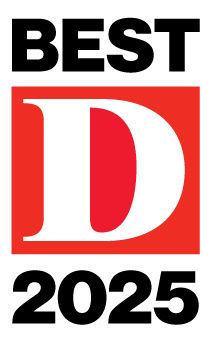Mass Migration: Why Texans are Moving BACK to Dallas
The Living in Dallas Texas Team is the best relocation team in the Dallas area. Levi Lascsak founded the Living in Dallas Texas Team in 2020, and now the Living in Dallas Texas Team is the #1 Dallas relocation team and have serviced over 500 relocation clients worldwide of all budgets and lifestyle needs. Levi Lascsak is the top real estate agent in the North Dallas area, and he and his partner, Travis Plumb are 5-time ICON agents in Texas. The Living in Dallas Texas Team would love to help you make a smooth move to Dallas!
======
If you thought the Texas boom was all about Austin or Houston, you might be surprised to learn that a massive reverse migration is happening right now. Residents are leaving other major Texas metros in record numbers, and they're choosing to move back to Dallas.
It turns out that while cities like Austin and San Antonio look appealing on paper, they're struggling to keep up with costs, traffic, and sustainable growth. Dallas, on the other hand, is offering a unique mix of value, opportunity, and stability that its neighbors just can't match.
The Austin Exodus: Price and Pain
Austin, for years, has been the darling of Texas tech and culture, but its rapid growth has brought major pain points.
The core issue is affordability. Austin’s median home price sits at roughly $510,000. Compare that to Dallas, where you can find a median home for around $336,000. That huge $200,000 price gap is the difference between stretching your budget to the limit and having real financial breathing room.
But it’s not just the price tag; it’s quality of life:
- Traffic Headaches: Rush hour on Austin's I-35 can easily stretch to an hour, while most Dallas commutes clock in around a 30-minute average, saving residents 100 minutes of their life each day.
- Supply Shortage: New home permits in Austin have slowed significantly, meaning limited housing options for buyers. Meanwhile, Dallas-Fort Worth is a national leader in new home building, giving buyers more options and negotiating power in the market.
For many families, the combination of high cost, traffic, and a housing shortage has made the better quality of life in Dallas an easy choice.
Houston's High-Stakes Housing and Slowing Jobs
Houston is experiencing a different kind of challenge. Despite having a record-high inventory of active listings (around 40,000), six out of ten Houston families still cannot afford a median-priced home.
The other major factor pushing families north is risk and cost:
- Insurance Costs: Basic hurricane coverage in Houston averages around $6,300 per year, which is over $1,400 more than similar coverage in Dallas. When you factor in the high flood risk due to Houston's sea-level location and poor drainage, long-term costs and uncertainty are significant.
- Job Growth Lag: Dallas is significantly outpacing Houston in job creation, adding 40,000 to 50,000 new jobs this year, compared to Houston's forecast of 30,000 to 35,000.
The San Antonio Paradox: Cheap, But Stagnant
San Antonio offers the most affordable median home prices among the major Texas cities, around $250,000. So why are people still leaving?
The answer lies in growth and opportunity.
The city’s economic base is still heavily tied to military and tourism, and it hasn't diversified enough to offer the variety of high-quality career paths found in Dallas. Furthermore, natural roadblocks like the Hill Country and limits on water/road infrastructure make it harder for new communities to develop and grow, leaving many residents seeking better prospects elsewhere.
The Dallas Advantage: A Magnet for the Future
Dallas isn't just winning because the other cities are struggling; it’s winning because it is making massive investments in its future. Dallas is attracting not just families, but Fortune 500 companies, infrastructure dollars, and high-quality careers.
Dallas’s strength comes from a few key areas:
- Massive Infrastructure Confidence: Major projects signal long-term growth. This includes the ongoing $4 billion Terminal F expansion at DFW International Airport and the construction of a **$5 billion pediatric medical campus** by UT Southwestern and Children's Health, ensuring top-tier healthcare for moving families.
- Diverse & Robust Job Market: Dallas's employment growth is strong, fueled by sectors like professional services, healthcare, and data centers—all high-quality, stable career paths. When major corporations relocate their headquarters here, it creates a steady ripple effect of stable growth, not just "boom and bust" cycles.
- A Buyer’s Market (Right Now): Dallas is currently number two in the country for new home construction, and inventory is at a 20-year high. This unprecedented supply gives current buyers more options, better prices, and incentives from builders eager to sell.
Conclusion: The Window of Opportunity
The video highlights that this unique confluence of factors—high inventory, aggressive builder incentives, and major infrastructure projects breaking ground—has created a window of opportunity for buyers right now.
Dallas isn't just cheaper; it is proving to be a more stable, diverse, and futureproof metropolitan area than its Texas peers. If you are considering a move within Texas, now is the time to act before demand catches up and this advantageous cycle closes.
If you’re shopping for homes in Dallas or want to sell your current home,
please reach out to the Living in Dallas Texas team so we can create a seamless
home buying or selling process for you!










